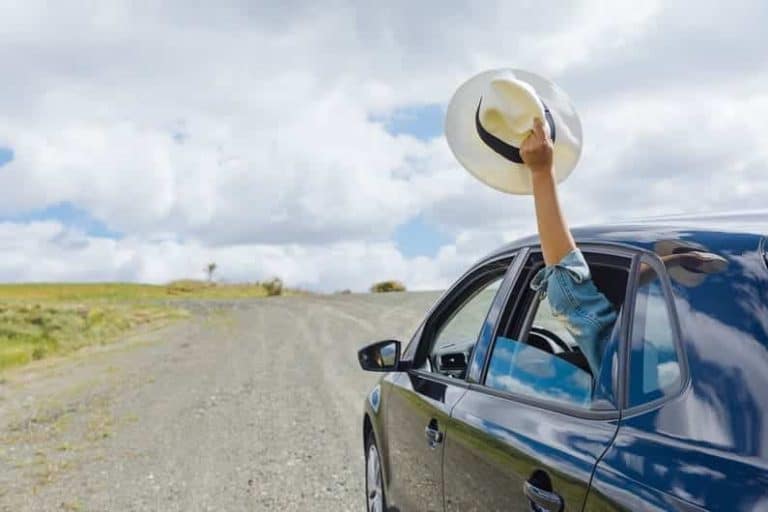The Plymouth Road Runner is a muscle car introduced by Chrysler for the 1968 model year and marketed under its Plymouth brand. It was a cheap muscle car that was powerful and had a distinctive purr. It was a sales success initially, but lasted only three generations before it was transformed into a new car. Like most muscle cars, the Plymouth Road Runner’s performance and sales declined in the 1970s due to an increasing focus on fuel economy and the adoption of more stringent U.S. emission standards. Do you think this was the classic American muscle car?
The Plymouth Road Runner Generations

Plymouth paid $50,000 to Warner Bros.-Seven Arts to use the Road Runner name and likeness from their Wile E. Coyote and the Road Runner cartoons. The Plymouth Road Runner was based on the Chrysler B platform (the same as the Belvedere and Satellite), as a back-to-basics mid-size performance car. That was the start of the car.
The earliest of the 1968 models, the first generation, were available only as a 2-door coupe, but later in that model year, a 2-door “hardtop” model was offered. The Road Runner of 1968-1970 was based on the Belvedere, while the GTX was based on the Sport Satellite, a car with higher-level trim and slight differences in the grilles and taillights. It had a powerful V8 engine and a four-barrel carburetor.
During the 1969 NASCAR season, Chrysler first fielded the Dodge Charger 500, which featured aerodynamic improvements to a standard 1969 Charger. Later in that same season, Chrysler and Dodge debuted the Dodge Charger Daytona. The Daytona featured an elevated spoiler raised 23 inches off the trunk deck by upright pylons and an aerodynamic nose cone, but was essentially the Plymouth Road Runner.
In 1971, the second generation of the Plymouth Road Runner was born. The coupe bodywork was completely changed to a more rounded “fuselage” design in keeping with the other Chryslers, including a steeply raked windshield, hidden cowl, and deeply inset grille and headlights. There were various large engines with a 440+6 and a 426 cubic inch Hemi.
The 1975 model was based on the newly restyled, becoming a third generation of the Plymouth Road Runner. The more formal-looking B-body, which was now called the Fury (the former full-sized Fury being called “Gran Fury”). Like Fury, the Road Runner could be ordered with plush interiors, a rally instrument cluster in the dashboard, power seats, and windows. The car came with a blacked-out grille and a special stripe treatment to distinguish it from the Fury, as well as a heavy-duty suspension with front and rear sway bars and Rallye 14-inch or 15-inch wheels.
Car and Driver magazine tested the 1975 car with the Code E68 400 engine; it went 0-60 in 8.1 seconds, the quarter-mile times were solidly in the 16-second range, and the top observed speed was 121 miles per hour. The performance was respectable for the times. It was a big deal that the car was tested by the magazine.
In 1976, the Plymouth Road Runner name was switched to the 2-door model of the replacement for the compact A-body Valiant/Duster series, effectively ending the car after three generations. The new F platform was marketed as the Plymouth Volaré, and the new not the Road Runner.
Conclusion
The Plymouth Road Runner was a classic American muscle car. Though it had a short life, only three generations, it made a major impact on the American scene. It raced in NASCAR, and its huge engine, which was also its undoing, powered the car in the classic American way. It is funny that this car had to get naming privileges from Warner Bros.







